The Victorian Kitchen Garden - Season 1
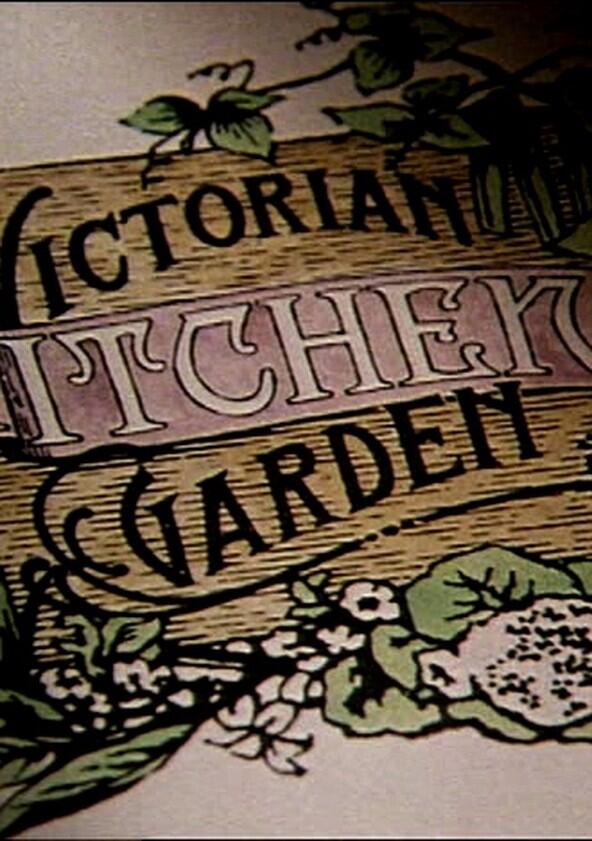
Season 1

Episodes
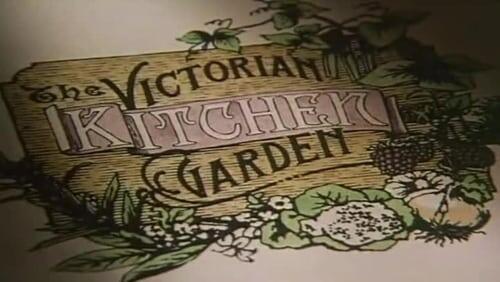
The Beginning
Once every big house had its walled kitchen garden. In an age before imports and deep freezers, the head gardener and his staff had to supply the household throughout the year.
Today most walled gardens lie derelict. To uncover the secrets of the great Victorian gardeners, restoration was begun on a kitchen garden in Berkshire. With the help of a rich legacy of gardening manuals, plans were made to grow vegetables and fruit similar to the Victorians and to revive forgotten crafts and skills - hoping to find out what it was like to feed a large country estate without modern technology and well-stocked supermarkets.
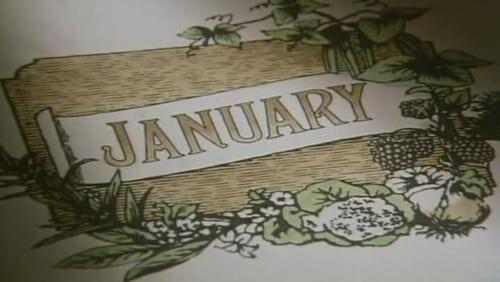
January
Harry remembers his life in the walled gardens and his rise from garden boy to head gardener. In the garden he tackles the winter jobs - building hot beds to bring on early crops of lettuce and carrots and 'tagging and nailing' fruit trees.
Peter explores the garden's greatest asset - its four walls. He examines the elaborate system of boilers and pipes that heated the glasshouses, and unearths a very grand ice house.
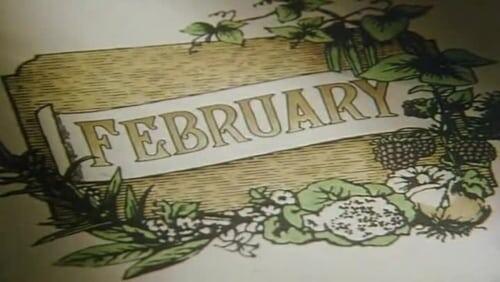
February
Winter locks the garden in its icy grip. It is an opportunity for repairing tools. Peter shows the range the Victorian gardener had at his disposal. Harry turns his attention to the forcing house where he plants chicory, asparagus and rhubarb. The Victorians had a taste for the delicate flavour of forced vegetables.
They developed new methods of cultivation and gave the country its first purpose-made, artificial fertiliser.
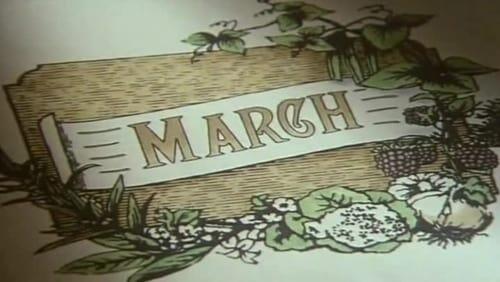
March
Harry and Peter draw up a cropping plan for the coming year. Harry expects to plant over 25 different crops including what he calls his 'fussy pieces', salsify and scorzonera. Tracking down the Victorian varieties takes Peter to a refrigerated seed bank near Stratford-on-Avon. Frost threatens the budding peaches, and Harry employs several old methods to protect them - a thatch of yew and laurel, straw mats and drapes of fine tiffany.
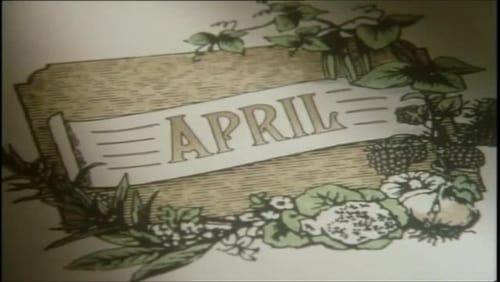
April
It was called 'the hungry gap'. While the staff were fed tired offerings from the root store, the head gardener had to play a horticultural conjuring trick to provide his master with luxury vegetables.
Harry grows marble-sized potatoes in pots under glass, cuts asparagus from the forcing house, and uncovers seakale shoots, the colour of 'carved ivory'.
Using modern equipment, Peter demonstrates the effectiveness of hot beds in advancing young plants. In the glasshouse the peaches make good progress, while at the bottom of the garden a beehive is introduced.
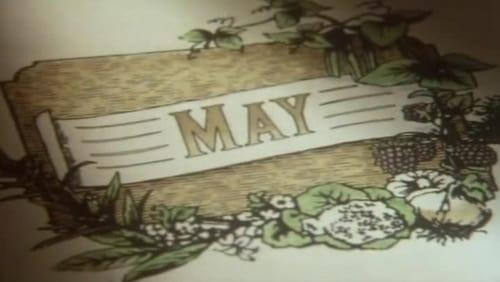
May
A wet May frustrates Harry's attempt to sow seeds on the open land. Under glass he starts on the cultivation of what the Victorians called
'the noblest production of the kitchen garden' - the melon. Meanwhile outside Peter demonstrates an armoury of devices used by the old gardeners to combat the menace of birds and mice.
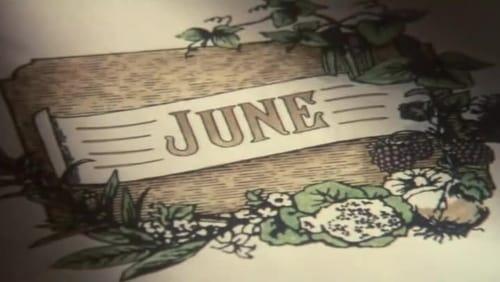
June
'Flaming June' lives up to its name. Harry is kept busy manipulating the blinds and ventilators of the glasshouses, to protect the emerging tomatoes, cucumbers and melons. Peter shows how the development of the glasshouse allowed the Victorians to grow tropical fruits and flowers hitherto unknown in Britain.
In the garden the bees swarm, and Harry tackles slugs with soot, and wireworm with a carrot.
The briefness of the British summer.... renders the well-kept planthouse a place of most agreeable resort.
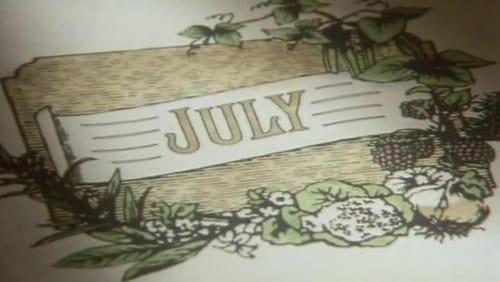
July
The soft fruit is ready for picking - morello cherries and black, red and white currants, red and yellow raspberries. Gooseberries, too, are ripening fast. Peter visits Goostrey in Cheshire where the extraordinary Victorian tradition survives of pitting one gooseberry against another to find the heaviest. Harry feeds his plants with homemade liquid manure, and sprays the trees with 'Bordeaux Mixture' - a fungicide discovered by accident in the vineyards of France. Peter tells the story of the Victorian craze for bedding plants, which one writer described as 'those hideous miles of scarlet geraniums'.
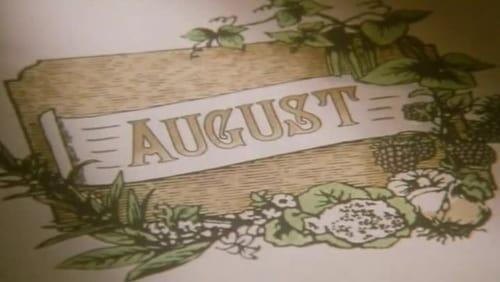
August
The preoccupation of the Victorian gardener during August was getting water to his plants. The invention of the India rubber hosepipe transformed his task. Harry is helped, too, by Chilton's ready supply of spring water. The melons are netted to prevent them falling. The peaches, figs and nectarines are picked for the table or packed in boxes to be sent that same day by train to the owner's residence in London. Peter visits Sawbridgeworth in Hertfordshire to find out more about Thomas Rivers , the great 19th-century nurseryman who provided the country houses with their fruit trees.
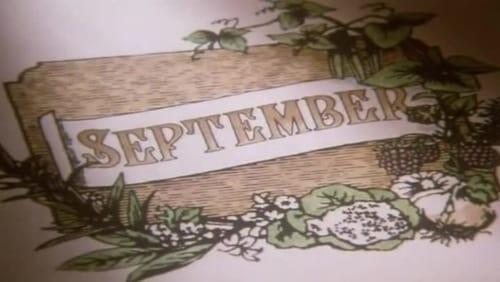
September
September is the month that brings cook the widest choice of fruit and vegetables.
Although a time of plenty, little goes to waste. What is not eaten is stored for the winter months.
Harry is pleased with the old varieties, the purple podded pea, Couve Tronchuda the Portuguese cabbage, and Kohl Rabi , the German turnip. There is a fine crop of yellow tomatoes, the potatoes have only a trace of blight, and the cucumber glass has produced straight cucumbers. Peter visits Chatsworth to find succulent dessert grapes still being grown, the one crop Chilton has been unable to produce.
In the flower garden, while the full measure of colour remains, the fragrance of summer is gone.
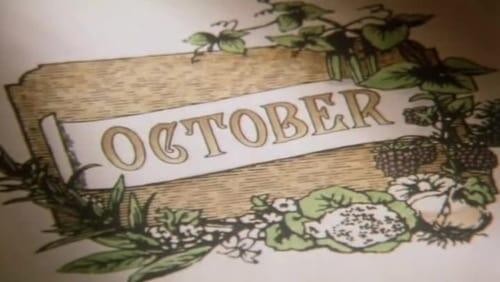
October
One October morning Harry walks to the garden to gather a choice melon and an artichoke-like vegetable called a cardoon. Harry has entered both in the autumn show at the Royal Horticultural Society in London.
Peter traces the history of the RHS, the backbone of British horticulture since its formation in 1804, and takes a behind-the-scenes look at the vegetable-judging and fruit-tasting.
At Chilton, the Fruit House is filling up. As he has done every year since he came here 40 years ago, Harry provides produce for the Harvest Festival. But this year there will be varieties that have not been seen for a long time.
Showing requires extra attention, application of skill and unsparing energy in manual labour at all hours
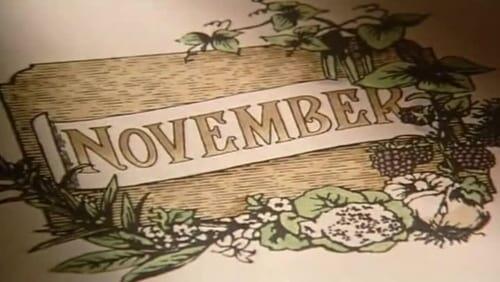
November
Whenever the family was in its London residence, it still received fresh vegetables from its country garden.
Harry shows how he used to pack a hamper to be put on a train and delivered to cook in London the same morning. Today that hamper is destined for the kitchen of Restaurateur Stephen Bull , who gives a modern interpretation to cooking the old varieties.
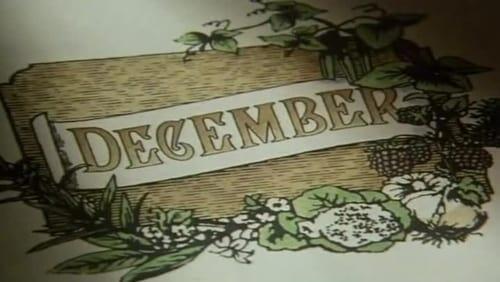
December
Christmas occupies much of the head gardener's time. Harry ensures he has a plentiful supply of produce for the festive meals by stockpiling well in advance. In the forcing house chicory and rhubarb are ready, and in the glasshouse there are prized pineapples. Harry also gathers quantities of holly and ivy to make elaborate garlands and wreaths for the Big House.
But this is now the final month of the project and Peter and Harry look back over the achievements of the last year and reflect on what the garden has meant to them.
Recently Updated Shows

Outlander: Blood of My Blood
Outlander: Blood of My Blood explores the lives and relationship of Claire's parents, Julia Moriston and Henry Beauchamp, and Jamie's parents, Ellen MacKenzie and Brian Fraser. The series centers on these two parallel love stories set in two different time periods, with Jamie's parents in the early 18th-century Scottish Highlands and Claire's parents in WWI England.

Loot
In Loot, billionaire Molly Novak has a dream life, complete with private jets, a sprawling mansion and a gigayacht — anything her heart desires. But when her husband of 20 years betrays her, she spirals publicly, becoming fuel for tabloid fodder. She's reaching rock bottom when she learns, to her surprise, that she has a charity foundation run by the no-nonsense Sofia Salinas, who pleads with Molly to stop generating bad press. With her devoted assistant Nicholas by her side, and with the help of Sofia and team — including mild-mannered accountant Arthur and her optimistic, pop-culture-loving cousin Howard — Molly embarks on a journey of self-discovery. Giving back to others might be what she needs to get back to herself.

Supacell
Supacell follows a random group of ordinary people from South London who unexpectedly develop super powers, with no clear connection between them other than them all being black.

General Hospital
General Hospital, which celebrated its golden anniversary on April 1, 2013, continues its tradition of passion, intrigue and adventure that takes place in the fictional town of Port Charles in upstate New York. The glamour and excitement of those who have come to find their destinies in this familiar seaport town intertwine with the lives, loves and fortunes of beloved, well-known faces. As always, love, danger and mind blowing plot twists continue to abound on General Hospital with contemporary storylines and unforgettable characters.

The Agency: Central Intelligence
The Agency: Central Intelligence follows Martian, a covert CIA agent ordered to abandon his undercover life and return to London Station. When the love he left behind reappears, romance reignites. His career, his real identity and his mission are pitted against his heart; hurling them both into a deadly game of international intrigue and espionage.